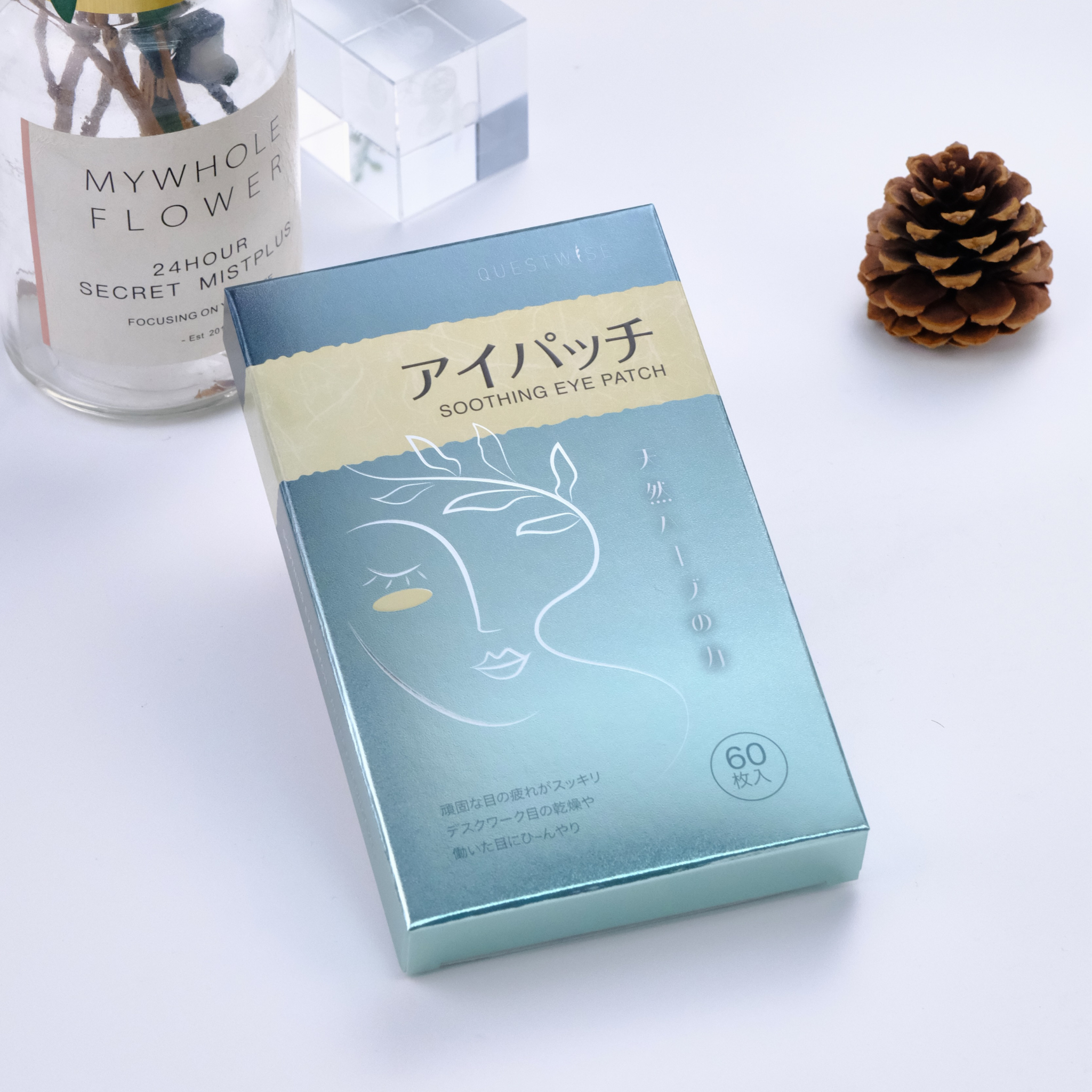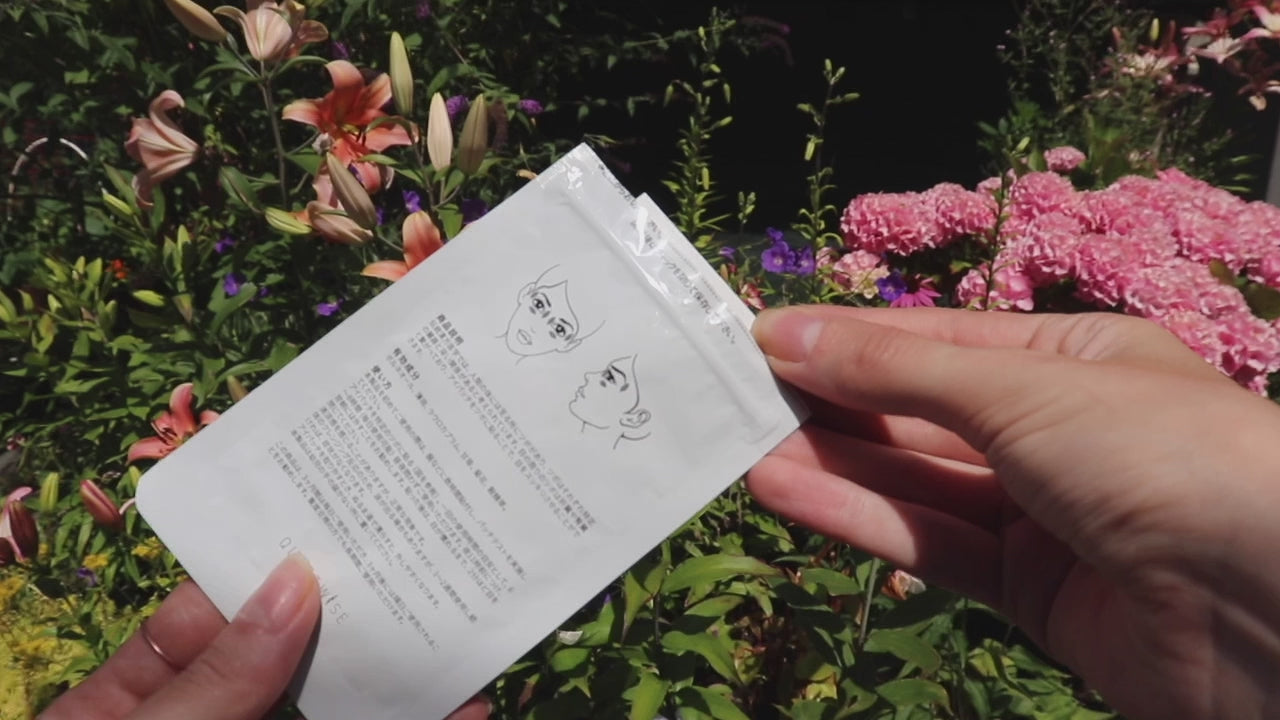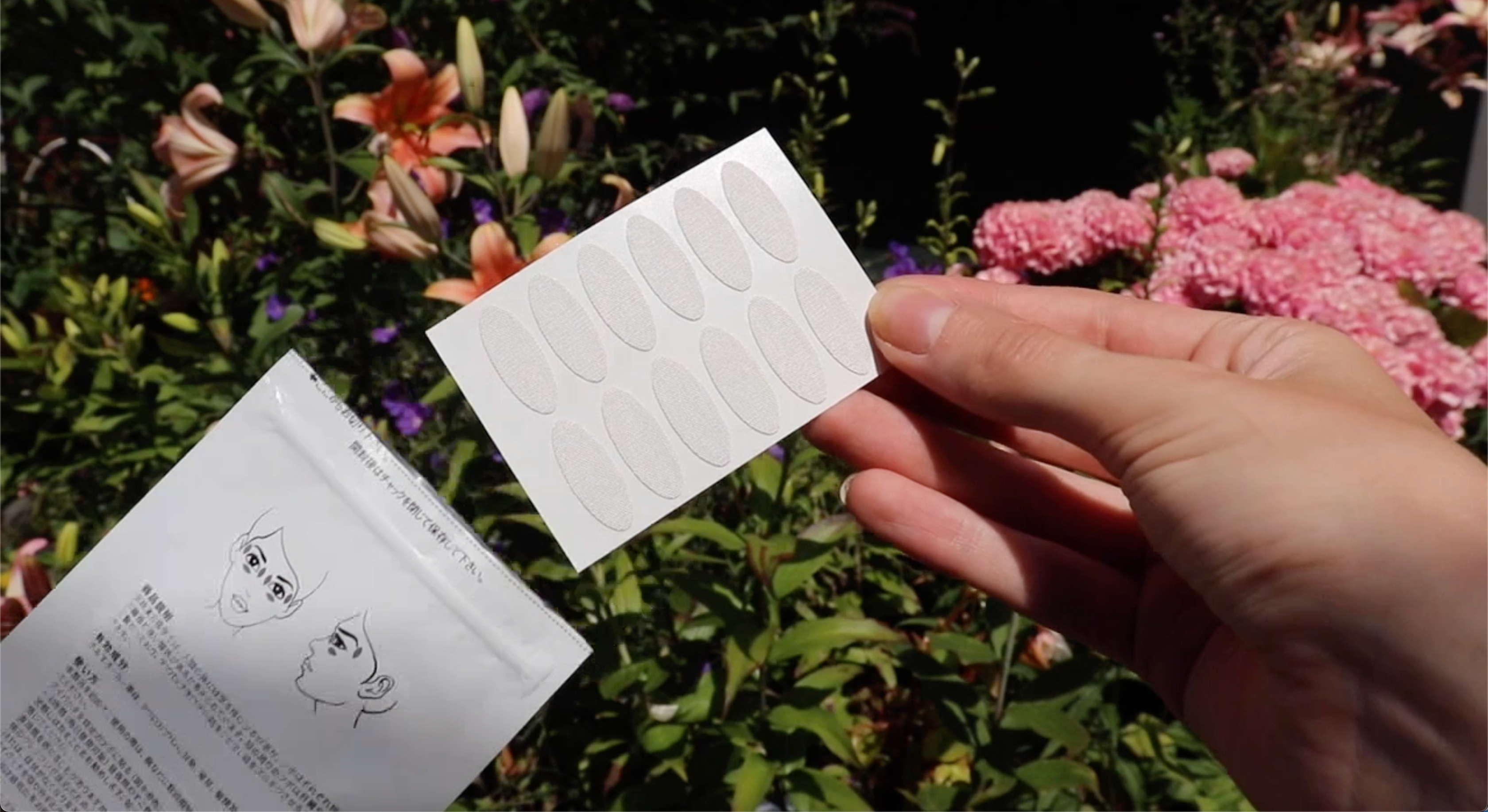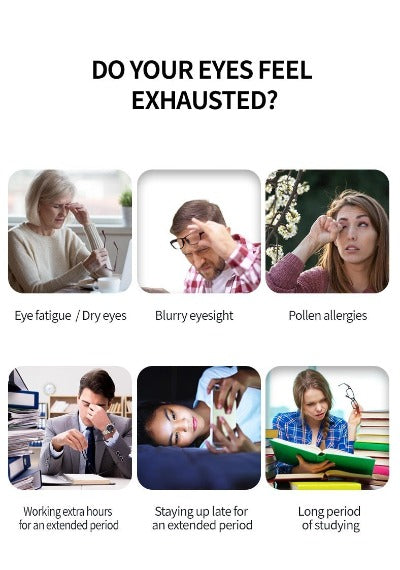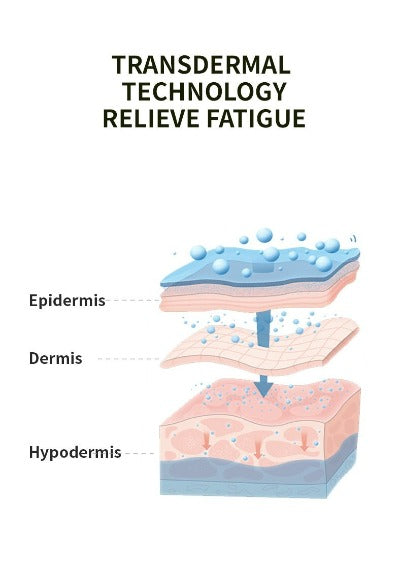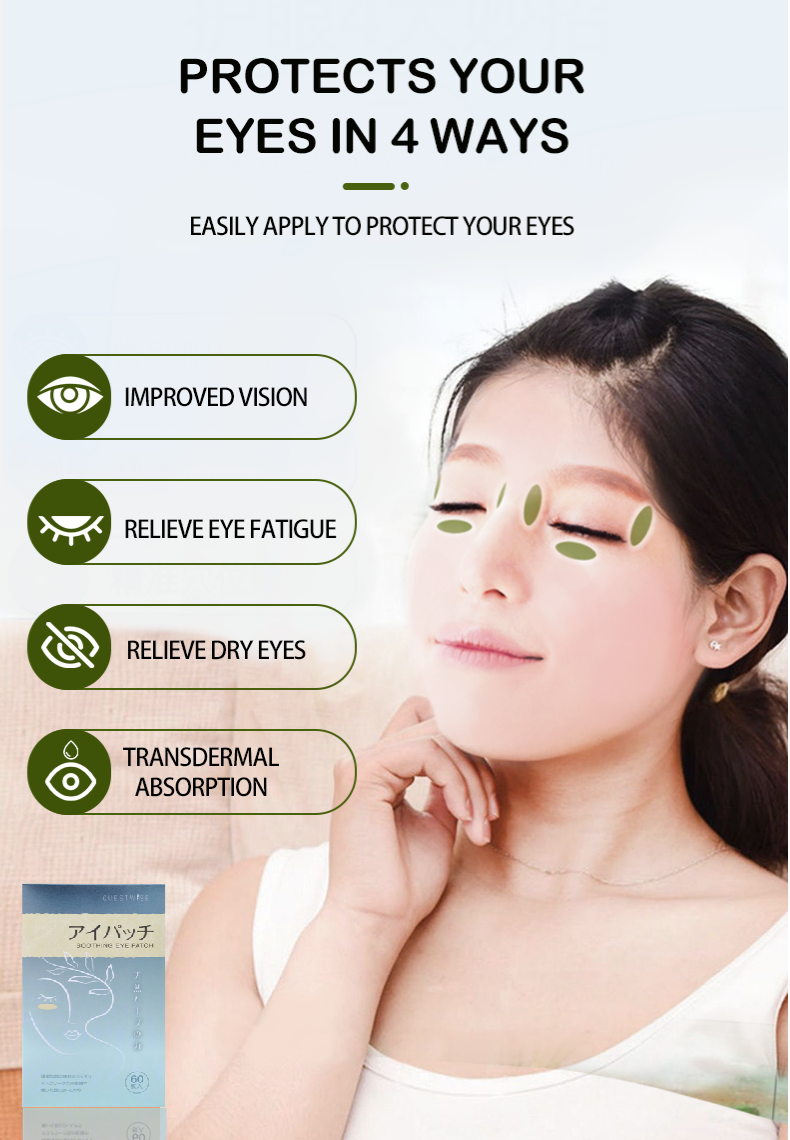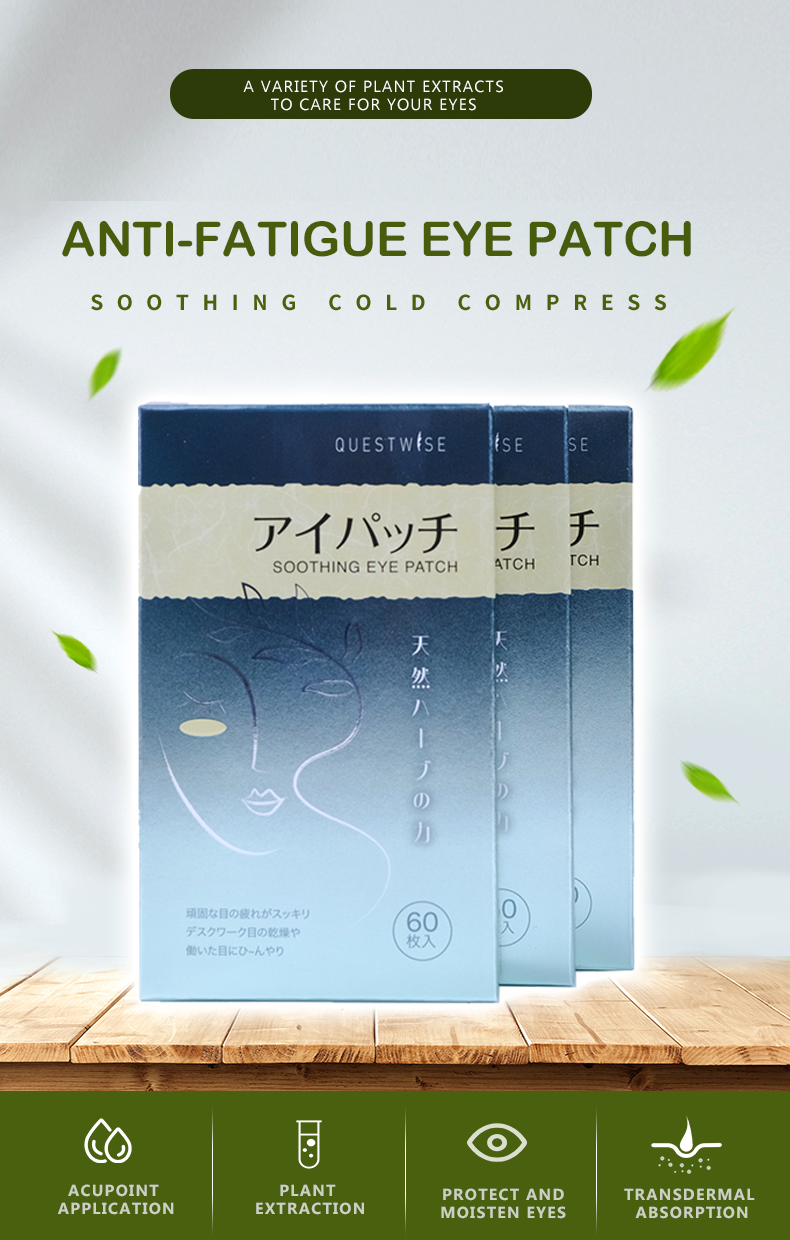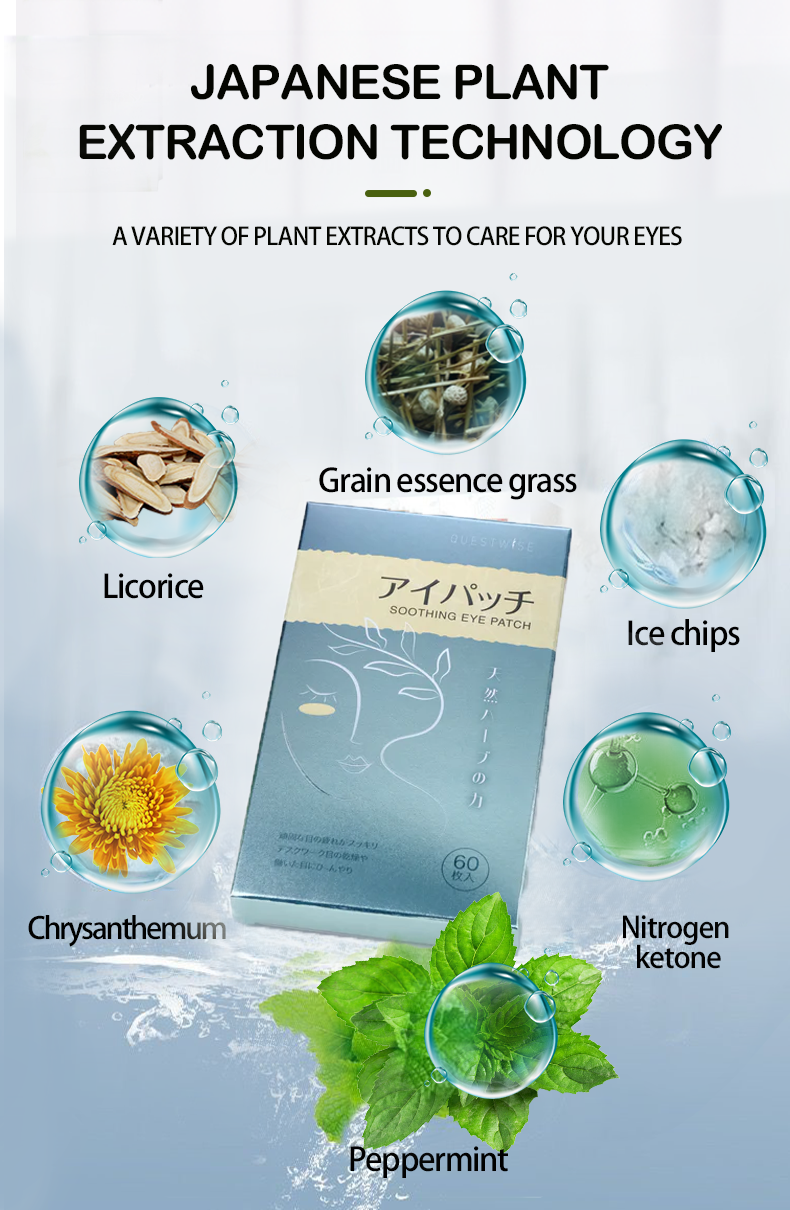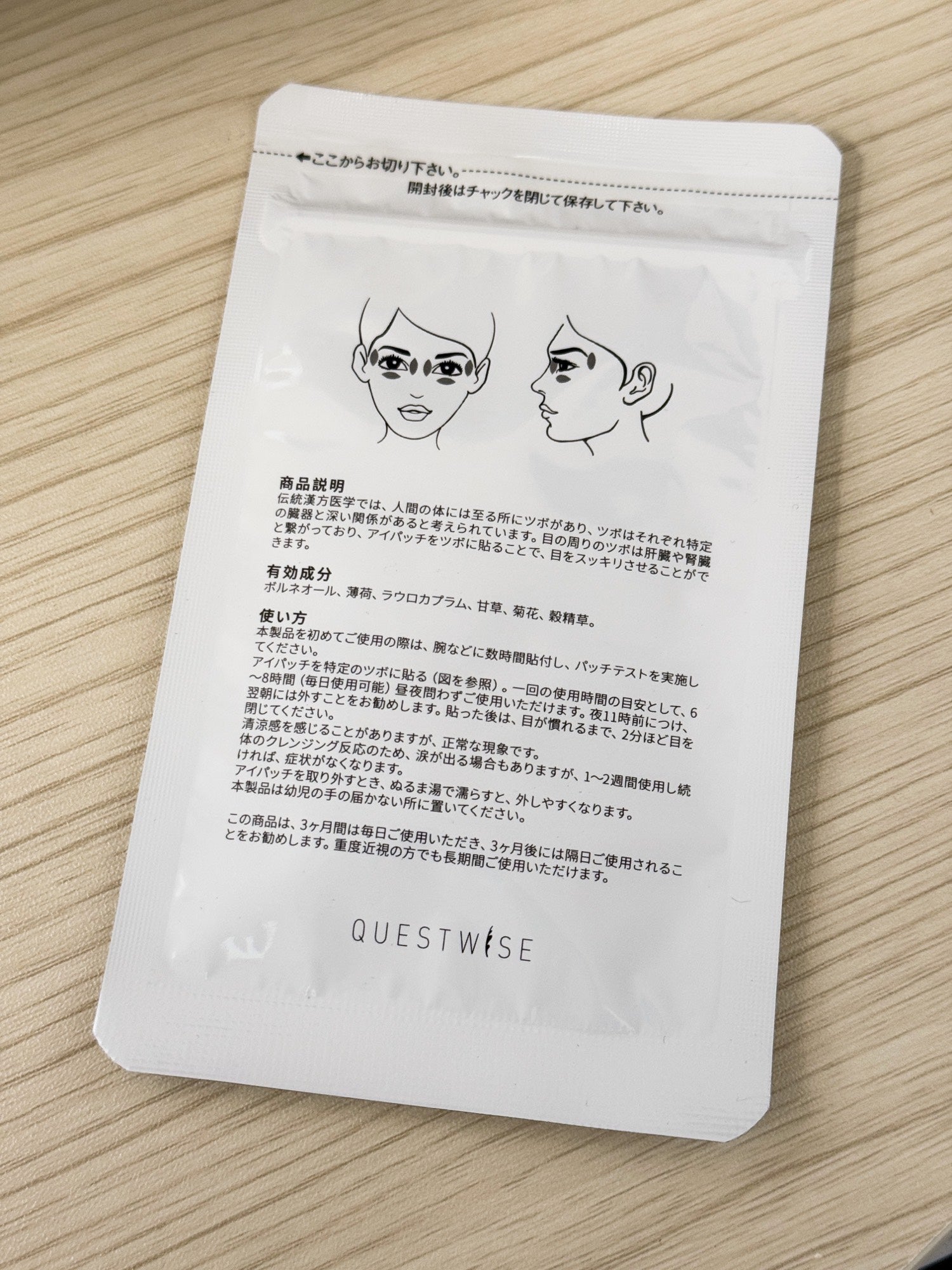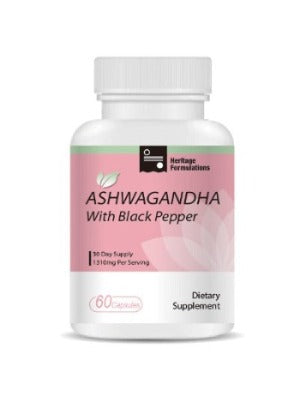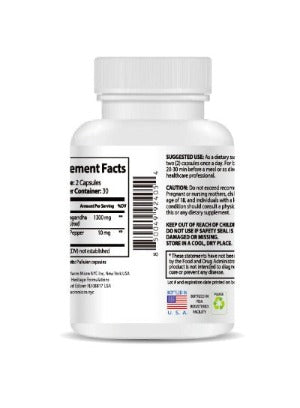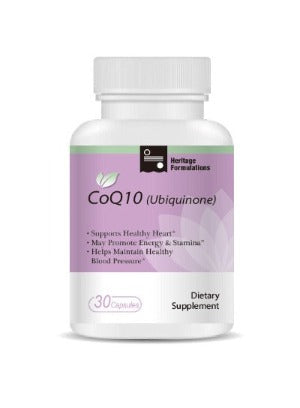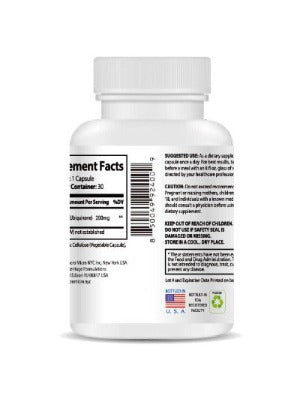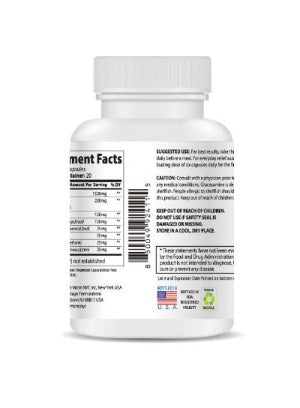Contacts + Screen Time: Are You at 4x Higher Risk of Dry Eye Syndrome?
In today's fast-paced digital world, our eyes are constantly under siege. The ubiquitous glow of screens, coupled with the widespread use of contact lenses, creates a perfect storm for dry eye syndrome. Studies indicate that individuals who wear contacts and spend significant time staring at screens are up to four times more likely to experience this debilitating condition than those who don't. This isn't just about minor discomfort; persistent dry eye can lead to serious complications, impacting your vision and overall quality of life. Let's delve deeper into the connection between contacts, screen time, and dry eye syndrome, exploring the causes, symptoms, and most importantly, the solutions available to protect your precious eyesight.
Understanding the Dry, Aching Reality of Dry Eye Syndrome
Dry eye syndrome is more than just a fleeting feeling of dryness. It's a complex condition stemming from an imbalance in your tear film – the delicate layer of lipids, water, and mucus that lubricates and protects your eyes. When this balance is disrupted, your eyes don't receive the necessary moisture and lubrication, leading to a range of distressing symptoms. These symptoms can vary in severity and duration, but commonly include:
- Burning and Stinging: A persistent, uncomfortable sensation that often worsens throughout the day.
- Itching and Irritation: An urge to rub your eyes, which can further exacerbate the problem.
- Redness and Bloodshot Eyes: A visible sign of inflammation and irritation.
- Blurred Vision: Temporary or intermittent blurring that can interfere with daily activities.
- Gritty Sensation: The feeling of having something foreign in your eyes.
- Excessive Tearing: Ironically, dry eyes can sometimes produce an excessive amount of tears, often a watery, thin fluid, as the eyes attempt to compensate for the lack of lubrication.
- Eye Fatigue and Strain: A common complaint, particularly among those who spend prolonged periods staring at screens.
- Sensitivity to Light: An increased sensitivity to bright lights, making it difficult to function in brightly lit environments.
The chronic inflammation associated with dry eye syndrome can, over time, damage the surface of your cornea and conjunctiva, increasing the risk of infections like blepharitis (inflammation of the eyelids) and potentially impacting your long-term vision. It's a serious condition that deserves prompt attention.
The Unholy Alliance: Contacts and Screen Time
Contact lenses, while offering a convenient alternative to eyeglasses, can contribute to dry eye syndrome. The lenses themselves can absorb and disrupt the natural flow of tears, reducing the amount of moisture reaching your cornea. They can also interfere with the delicate lipid layer of the tear film, further compromising the eye's ability to retain moisture.
Then there's the pervasive issue of screen time. In our digitally driven world, most of us spend hours each day staring at computer screens, smartphones, and tablets. This prolonged screen time leads to decreased blink rate. Blinking is crucial for spreading tears evenly across the eye's surface, keeping it moist and healthy. The less you blink, the less lubrication your eyes receive, intensifying the effects of dry eye syndrome, especially when combined with contact lens use.
Practical Strategies for Protecting Your Eyesight
Fortunately, you can take proactive steps to mitigate the risk of dry eye syndrome and protect your eye health. Here's a comprehensive guide to help you safeguard your vision:
- The 20-20-20 Rule: Every 20 minutes, take a 20-second break to look at an object 20 feet away. This simple exercise helps reduce eye strain and promotes more frequent blinking.
- Increase Blink Rate Consciously: Make a conscious effort to blink more frequently, especially when focusing on screens. You can even set reminders on your phone or computer.
- Artificial Tears: Over-the-counter lubricating eye drops can provide temporary relief from dryness and irritation. Choose preservative-free options to minimize potential irritation.
- Humidify Your Environment: Dry air can exacerbate dry eye symptoms. Use a humidifier, especially during dry seasons or in air-conditioned environments.
- Adjust Screen Settings: Reduce screen brightness and adjust the contrast to minimize eye strain. Consider using blue light filtering glasses or screen protectors to reduce harmful blue light emission.
- Take Regular Breaks: Get up and move around regularly to improve blood circulation and reduce eye strain. Avoid prolonged periods of continuous screen time.
- Omega-3 Fatty Acids: Incorporate foods rich in omega-3 fatty acids into your diet. These healthy fats are crucial for maintaining the health of your tear film.
- Hydration is Key: Drink plenty of water throughout the day to stay hydrated, which can positively impact the overall health of your eyes.
- Consider Eye Patches: For targeted soothing relief and deep hydration, explore the benefits of Wise Quest Soothing Eye Patches - 1-Month Care Pack. These patches offer a natural, non-toxic way to alleviate dryness and discomfort.
Wise Quest Soothing Eye Patches - 1-Month Care Pack: Enjoy a full month of natural eye support with our herbal patches. Designed to ease redness, dryness, and strain, this supply offers noticeable improvements in daily comfort, all while being safe and non-toxic. Made in Japan. These patches provide a relaxing and effective way to combat dry eye symptoms, complementing other preventative measures.
When to Seek Professional Help
While the tips above can significantly help manage dry eye symptoms, it's crucial to seek professional help if your symptoms persist or worsen. Consult your ophthalmologist or optometrist for a proper diagnosis and personalized treatment plan. They can rule out other underlying conditions and recommend appropriate therapies, such as prescription eye drops, punctal plugs (to reduce tear drainage), or in some cases, more advanced treatments.
Conclusion: Prioritize Your Eye Health
The combination of contact lens use and extensive screen time presents a significant risk for developing dry eye syndrome. However, by adopting these preventative measures, incorporating lifestyle changes, and seeking professional help when needed, you can significantly reduce your risk and maintain healthy, comfortable eyes for years to come. Remember, your eyesight is invaluable – protect it!



